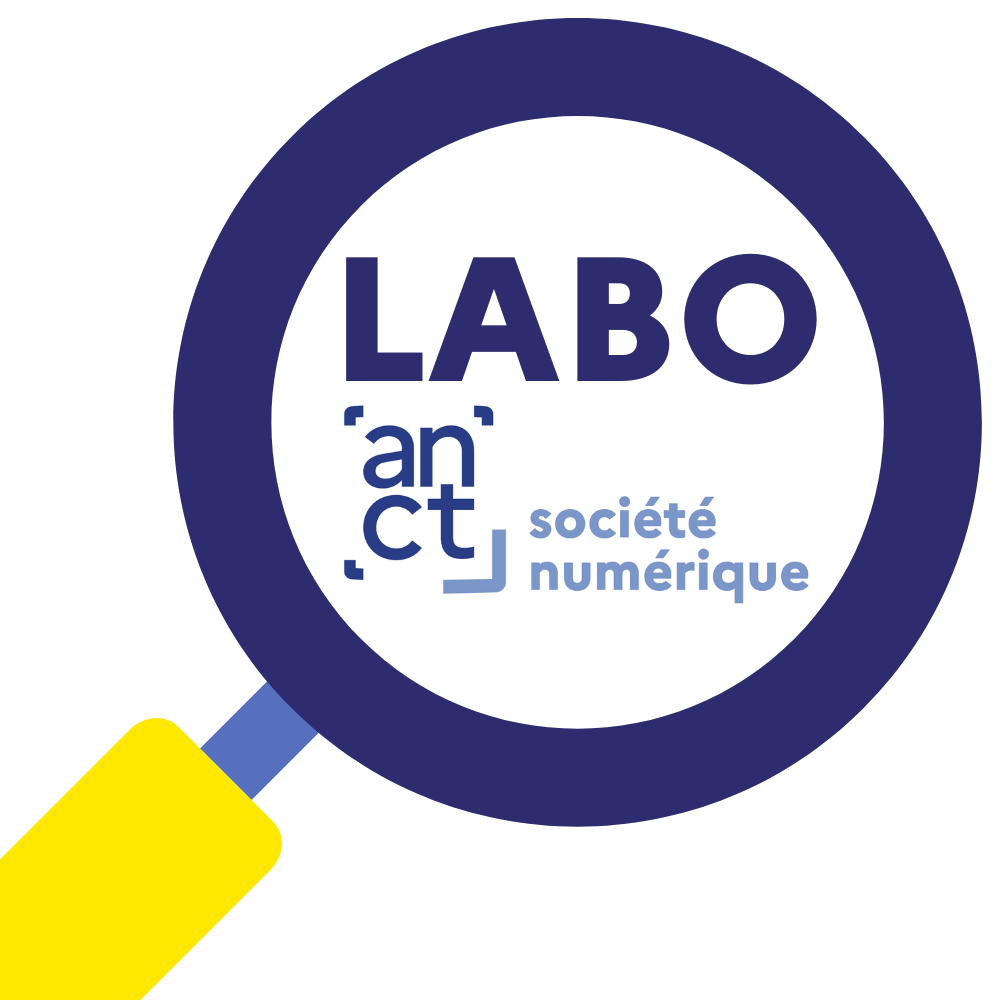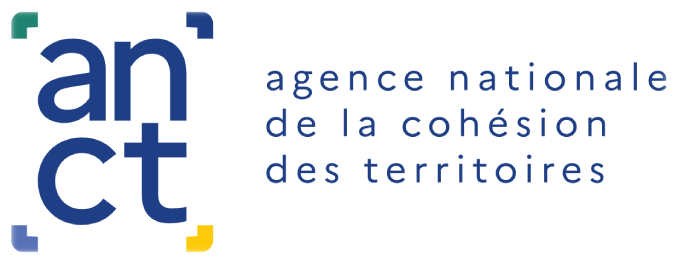Gallica is the digital library of the Bibliothèque nationale de France (BnF).
Launched in October 1997, it offers online consultation of more than 4 million documents (books, press and magazine issues, manuscripts, maps, scores, sound documents, objects and videos).
After very strong growth in the number of visits until 2014 (+30% on average each year between 2009 and 2014), Gallica's visits fell by 12% in 2016: 14.24 million visits compared to 15.98 in 2015, while the use of mobile applications fell by 8%. Mobile use of Gallica sites represents 20% of visits.
In 2016, BnF conducted an online survey to better understand and measure changes in the profiles of Gallican users, their uses, the methods and motivations for accessing the site, satisfaction levels, and expectations.
In the 2016 survey period, the number of unique visitors was estimated at 589,600 (it was 433,700 in a similar survey conducted in 2011).
According to this survey:
- The frequency of visits remains high: one respondent out of two declares to come to Gallica at least once a week, and 11% every day or almost every day. We can thus estimate that Gallican users visit Gallica on average 1.4 times a week, a figure that is stable compared to 2011.
- Of the Gallican users surveyed, 10% report coming less often than before.
- The increase in the number of visits to the site between 2011 and 2016 is the result of new gallicanautes and not an increase in the rate of visits. 35% of gallicanautes coming at least twice a week concentrate 76% of the visits to Gallica.
- A third of respondents consult Gallica at least occasionally on a mobile device (smartphone or tablet). However, this use is occasional, with only 7% of respondents using a mobile device often or every time.
- Although the majority of Gallican users reside in France, 28% of respondents connect from abroad: 16% from another European country (with Italy in the lead), 4% from the United States and Canada, and 3% from North Africa.
- Among the people living in France, there is a clear overrepresentation of Parisians (14%) and inhabitants of the inner suburbs (10%).
- The average age is significantly higher than that of the BnF reading rooms and has even increased since the previous survey, from 48 to 54 years old. 65% of Gallican users are over 50 years old, 18 points higher than the French population.
- The number of gallicanauts aged 50 and over has increased by 89% between 2011 and 2016. Conversely, the number of gallicanauts under 35 has probably decreased by 20%; and the share of student gallicanauts is in very sharp decline.
- Gallicanautes have a level of education and socio-professional profiles that are always higher than the French average. 58% have a bachelor's degree or more, compared to 14% in the French population. 33% are executives (9% in the French population).
- 38% of respondents say they have already visited the physical spaces of the BnF.
- The most consulted fields remain history (77%), followed by literature (44%), then art (40%), humanities (34%), genealogy (28%).
- The majority of Gallica consultations are for specific research projects, as part of one's studies, one's job or personal research.
- Gallica is less perceived as a tool for specialists than before.
- While 78% of Gallican users say that navigation is smooth and easy, only 27% "strongly agree" with this idea. Only 21% "strongly agree" that practical information is easy to find.
- Only 35% consider the document handling features to be easy to access.
Références :





